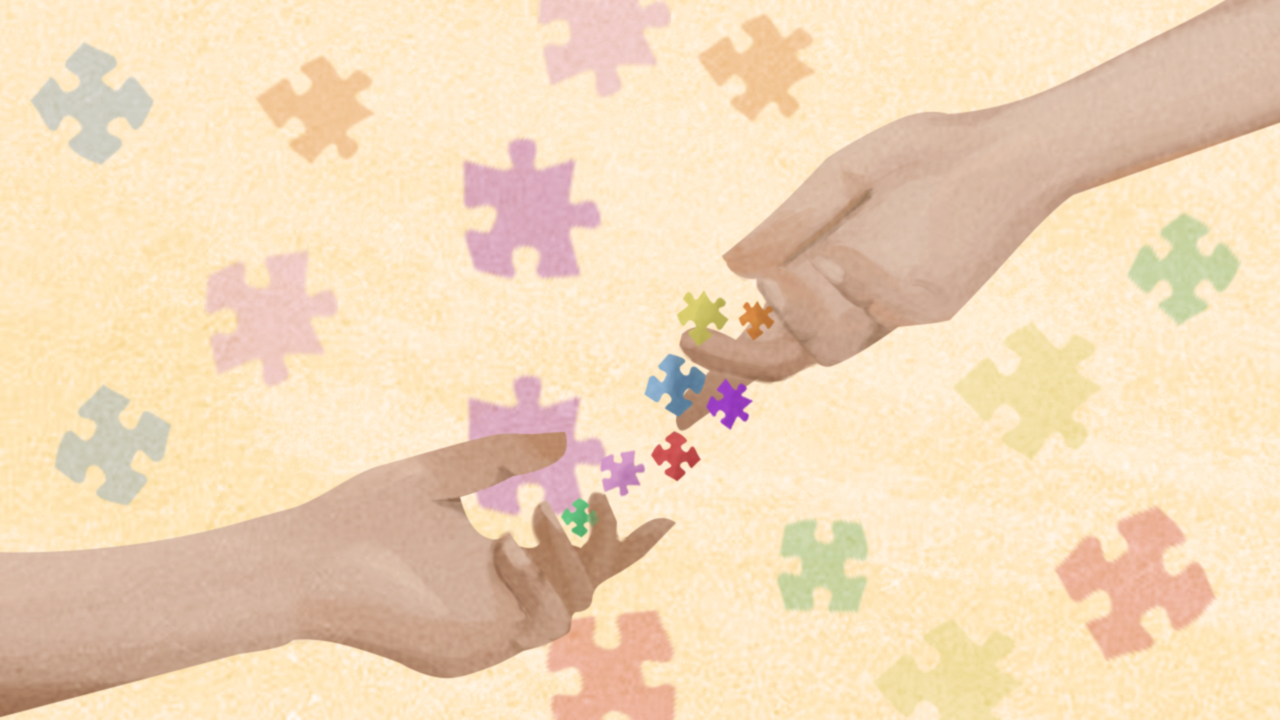Autism: on and beyond the spectrum
What people don’t understand, they tend to mock. That’s why it’s been an unfortunate tendency for individuals to poke fun of others’ mental health condition—and one extreme case is that of the autism spectrum disorder (ASD).
Earlier this year, a video of a man mocking a special person in front of his laughing friends circulated on the Internet—and was ultimately slammed on social media. This mockery usually happens among children, but the sad reality is that there are still people beyond the confinements of the schoolyard who haven’t developed the necessary sensitivity.
For the pursuit of promoting autism understanding and acceptance, the United Nations endorsed April 2 as the annual World Autism Awareness Day, meanwhile a non-profit organization dedicated to autism research and advocacy, Autism Speaks, declared April as World Autism Month. In line with these movements, knowing the basic aspects of autism and debunking known myths about the condition is a necessity for developing acceptance within ourselves, the society, and in the work industry where they are most discriminated.
Knowing the spectrum of autism
According to Autism Society, ASD is described as a “spectrum disorder” as the variation of its type and severity covers a wide array of symptoms. ASD also involves a complex set of development disabilities with signs usually appearing at early childhood—affecting an individual’s capability to interact and communicate at a normal rate.
ASD is also categorized as a spectrum disorder as its symptoms ranges and varies with each individual being diagnosed. For example, Asperger’s Syndrome is part of the autism spectrum disorder.
Signs of ASD
As per the Diagnostic and Statistical Manual of Mental Disorders or DSM-5, individuals with ASD may have difficulties in communication, restricted attention span, and repeating behaviors. They may also have symptoms that may affect ability to function well in different aspects of life.
Here are some signs that indicate a person may have ASD according to the National Institute of Mental Health:
- Scarce or inconsistent eye contact and tendency to not look at or be attentive to others
- Unenjoyment over activities, unresponsive behavior, and difficulty understanding conversations
- Talks about a matter of interest but is not aware that he/she does not let others give a response or notice that other people are not interested
- Extralinguistic cues that does not match what he/she is saying and atypical vocal tone, sounding monotonous or like it was sang.
- Difficulty understanding others’ perspectives or not able to identify or predict the action of other people.
- Repetitive behavior such as echolalia, a behavior involving repeating words or phrases.
Although not every patient with ASD can be found with all these symptoms, some may be found with one or more from the list.
Care for individuals with ASD
Although ASD is a condition that must be medically treated, being lenient is the key in taking care of them. A journal article by American nurse Joan Zanotti illustrates her experience raising her son diagnosed with ASD. According to the journal, a strategy in taking care of an ASD patient would be to keep things at pace, as they can easily be overwhelmed with rapid motion that happens around them. Another way to give needed attention is specifying queries and materials that the person with ASD can easily process. One other strategy is to give people with ASD time to process thoughts when conversing with them so that they do not become flustered with prompt responses.
When encountering a person with ASD, these tips can be followed,. however it should also be kept in mind to extend care to them without belittling and discriminatory remarks. Giving proper and positive treatment toward people with autism goes a long way for them to have the right of being accepted and understood.
Debunking myths and misconceptions
Autism is often misunderstood as the number of people contributing to these misconceptions grow. Some of these misconceptions and myths must be corrected to mend the stereotypes on autism.
- One of the most common myths of autism is that vaccines cause the condition, but in truth, vaccines do not cause autism as there hasn’t been scientific proof for the correlation.
- MYTH: People with autism lack empathy, they do not actually lack empathy but only show emotions in a way that others cannot easily distinguish.
- MYTH: People with autism have violent tendencies, and to clarify these tendencies stem from their easily overwhelmed senses.
- MYTH: Autism can be cured, as there is no cure but a steady stream of support and care can be of great help for those with ASD.
***
Treating others differently because of a matter that isn’t completely understood puts the conversation on mental health in a backward cycle. A sensitive mindset must be employed by everyone when dealing or observing people with ASD to help them feel comfortable wherever they are.
The next best thing to not mocking them is to provide a welcoming environment—to push for acceptance and joy toward what was once panned for being different.





